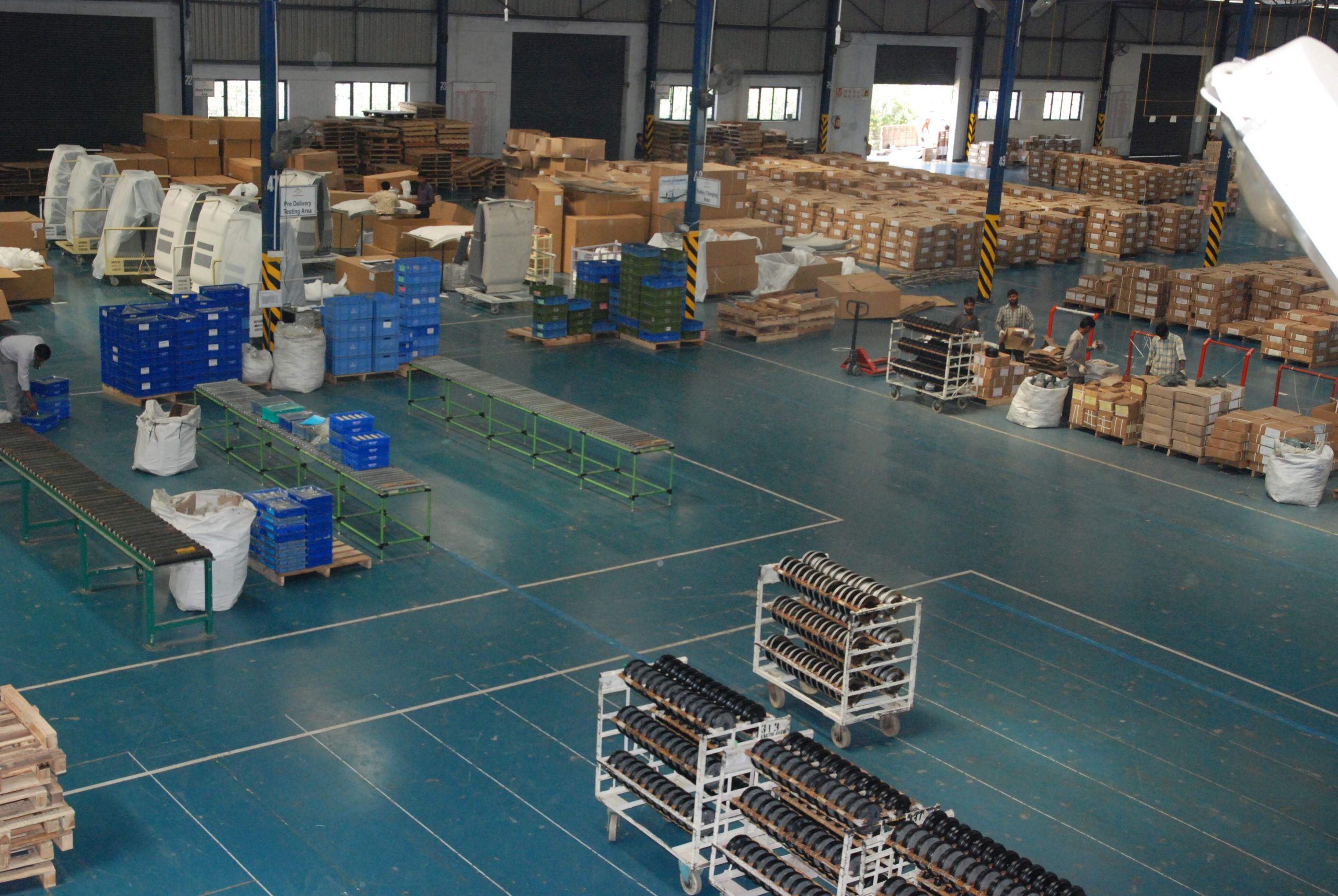Inventory forecasting is a method which helps in predicting inventory levels for future time period. Inventory forecasting techniques helps in keeping track of sales and demand so that companies can better manage their future purchases. Inventory forecasting is a great inventory management tool that can help you increase your company’s revenue and decrease nonessential costs. Inventory demand forecasting is a method of predicting the demands for the customers for an inventory item over a defined period of time. Forecasting demand in advance always helps keep enough product available while not wasting valuable storage space on undesired products. Accurate inventory demand forecasting helps a company to hold the correct amount of stock, less chances of under-stocking and helps in maintaining optimum inventory control. Inventory forecasting techniques methods are used by businesses to estimate the demand for their products or services in order to optimize inventory levels and avoid stockouts or overstocking.
Some common inventory forecasting techniques used by businesses.
1. Market Research and Customer Surveys :-
Market research and customer surveys are the most essential tools for businesses to gain insights into their target market, understand customer preferences and behaviour’s to make informed decisions. Gathering information directly from customers through surveys, interviews and focus groups can provide valuable insights for forecasting. Understanding customer preferences, buying behaviour’s and upcoming trends can help businesses make more accurate predictions for future.
2. Seasonal Demand Forecasting :-
Seasonal demand forecasting is the process of predicting future demand patterns for a product or service based on historical data that exhibit recurring patterns or seasonal variations. It is particularly relevant for businesses that experience predictable fluctuations in demand throughout the year, such as retail, tourism, agriculture and seasonal industries. It helps to know the regular patterns of demand that repeat at fixed intervals, such as holidays or specific times of the year. Its helps to anticipate and plan for the variations in demand, ensuring that appropriate inventory levels, resources, and production capacities are in place to meet customer needs during peak periods and avoid excess inventory during low-demand periods.

3. Demand Planning Software :-
Many businesses use specialized software like enterprise resource planning (ERP) system which has in-built forecasting capabilities. These tools often combine historical data, customer insights and market trends to generate accurate demand forecasts.
4. Time Series Analysis :-
This technique involves analyzing historical sales data to identify patterns, trends, and seasonality. It uses statistical models such as moving averages, exponential smoothing or autoregressive integrated moving average (ARIMA) to forecast future demand.
5. Collaborative Forecasting :-
This technique includes involving key stakeholders, such as suppliers, distributors or retailers, in the forecasting process. By sharing information and collaborating with partners, businesses can improve the accuracy of their forecasts and reduce uncertainties.

6. Simulation and Scenario Analysis :-
By using simulation techniques, Businesses can create multiple scenarios and test different demand and inventory levels to evaluate their impact on performance metrics. This approach helps in understanding the risks and uncertainties associated with various forecasting outcomes.
7. ABC Analysis :-
ABC analysis categorizes products based on their value and contribution to overall sales. It helps prioritize inventory management efforts by focusing on high-value items that contribute the most to revenue and profit.
8. Lead Time Analysis :-
Lead time refers to the time it takes for an order to be delivered after it is placed. Analyzing lead times can help businesses estimate the time required to replenish inventory and factor it into the forecasting process.
9. Sales and Marketing Input :-
Sales and marketing teams play a crucial role in providing input for demand forecasting. Their insights regarding upcoming promotions, new product launches, or changes in customer behaviour can be incorporated into the forecasting process.
It’s important to note that no single technique guarantees 100% accuracy and a combination of approaches is often used to achieve the best results. Additionally, businesses should regularly review and update their forecasts based on real-time data and market changes to adapt their inventory management strategies accordingly.

